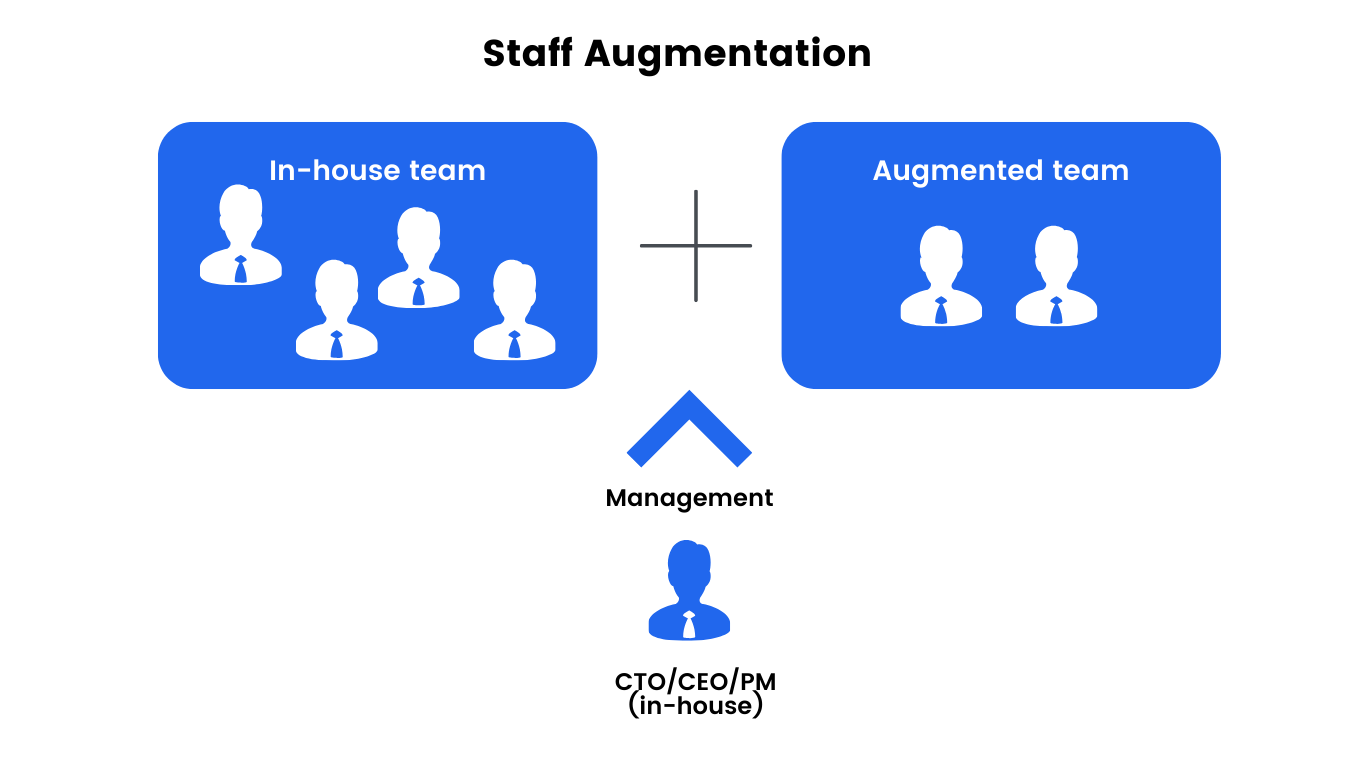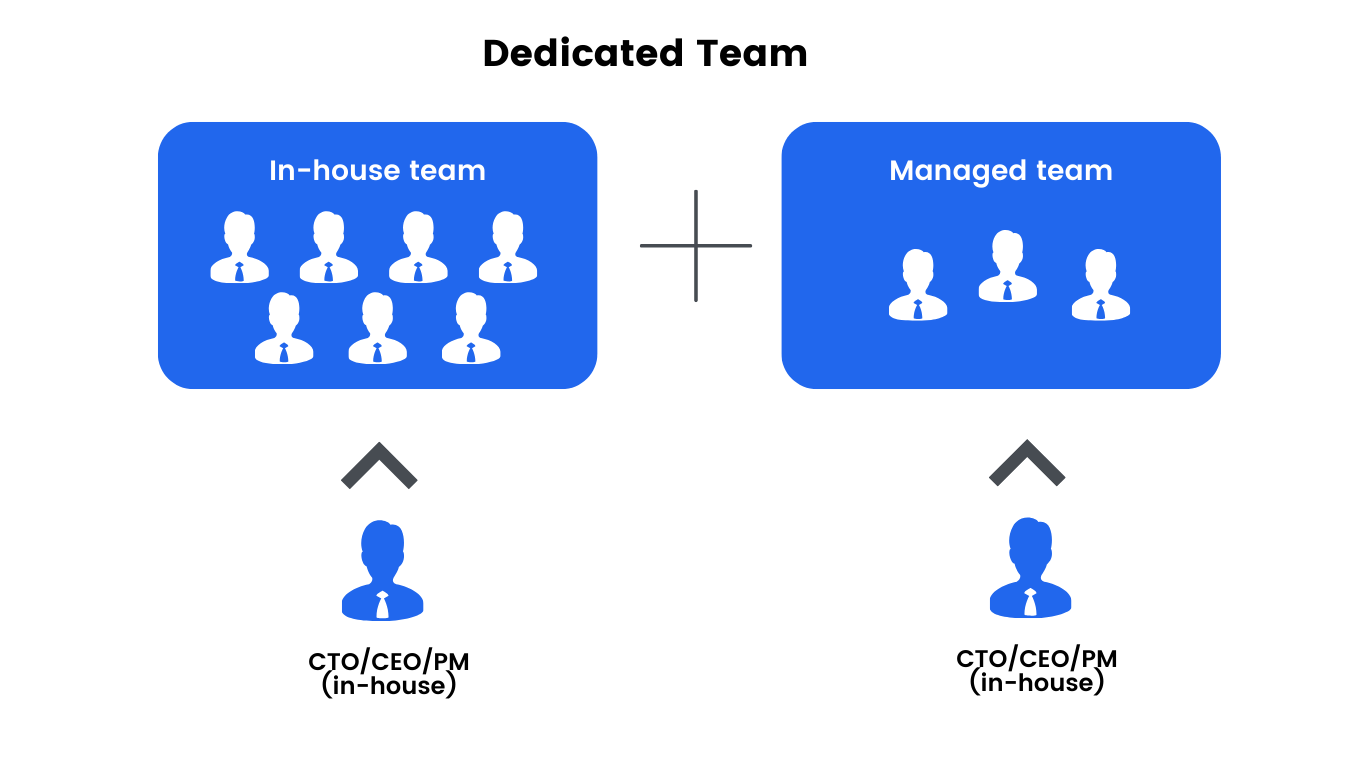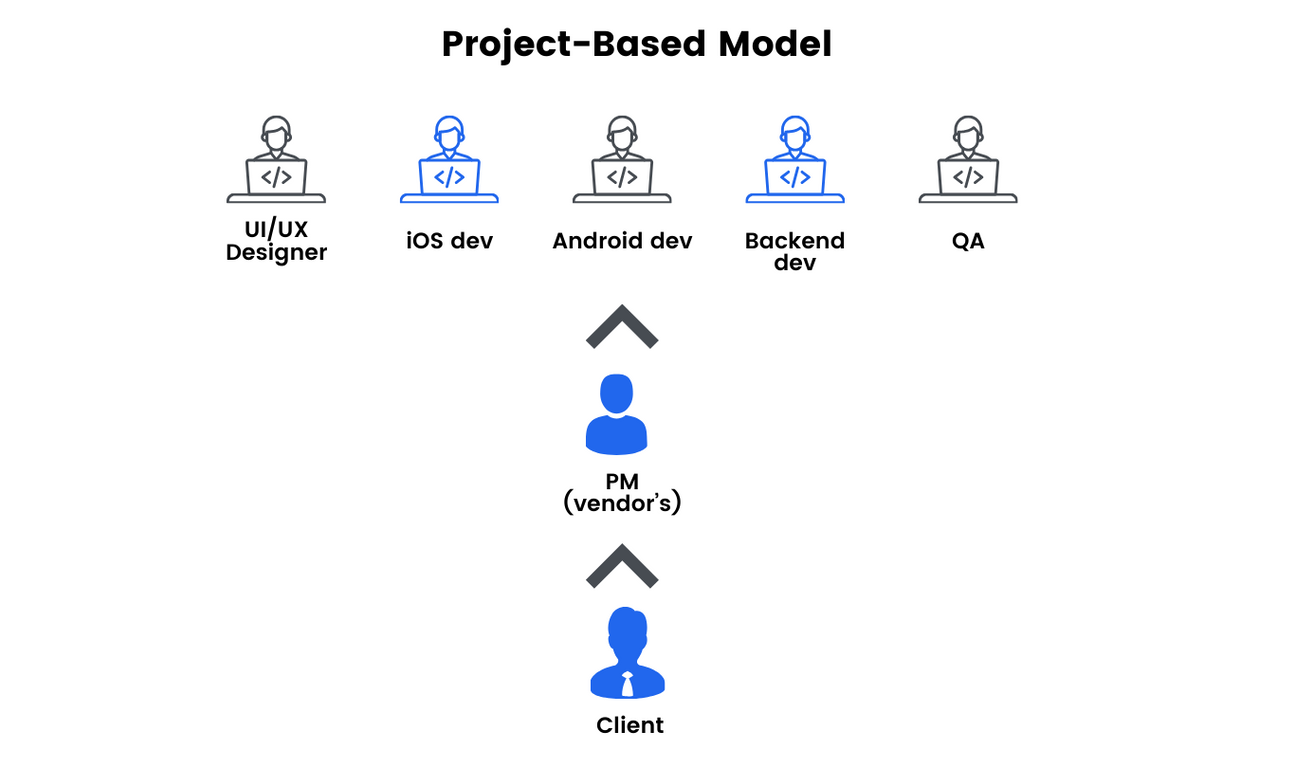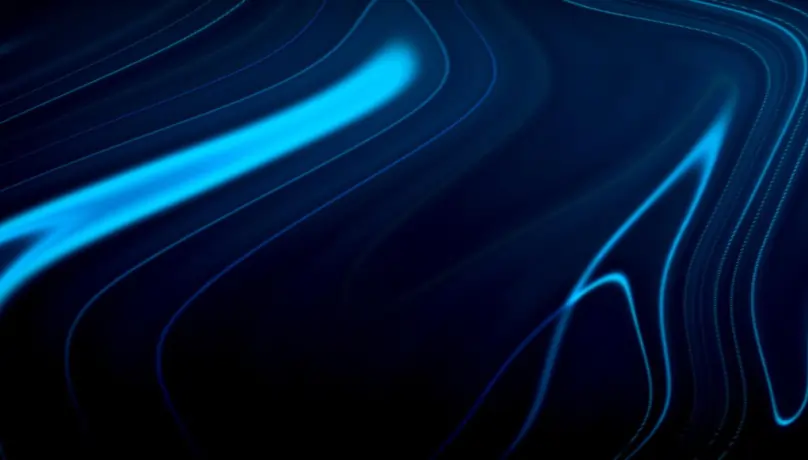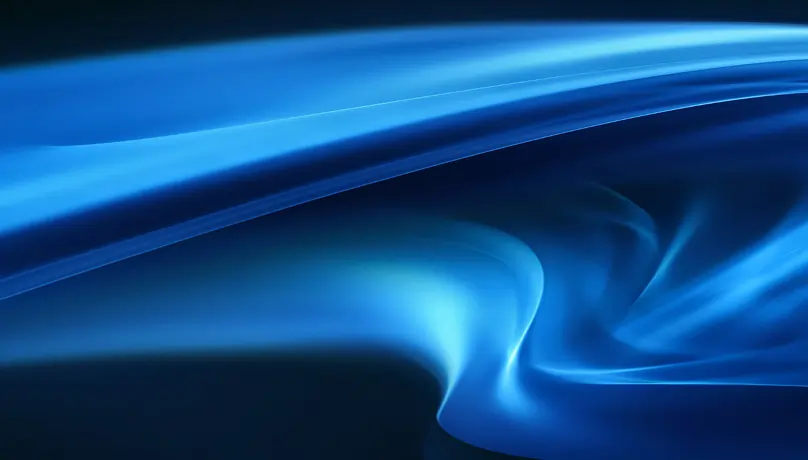Competition requires firms to consider the right way of managing costs and look for appropriate partners to enhance efficiency. Outsourcing is no longer just a trend or word of fashion; it has become an essential management strategy. With 61% of executives turning to third-party vendors for their software development needs, it's evident that this trend is more than just a passing phase.
Here are some statistics from Deloitte's 2023 Global Shared Services and Outsourcing Survey on how companies benefit from outsourcing:
91% of executives say that outsourcing has helped them improve their efficiency and productivity.
88% of executives say that outsourcing has helped them reduce costs.
84% of executives say that outsourcing has helped them improve their access to talent and expertise.
82% of executives say that outsourcing has helped them accelerate their innovation.
The catch? Choosing the right outsourcing model. The right outsourcing model can supercharge your business growth, reduce overheads, and unleash creativity. On the flip side, the wrong choice can result in headaches, inefficiencies, and missed opportunities. Thus, let us examine different outsourcing models that will guide you in making an informed decision.
Types of IT Outsourcing Models
When considering software development outsourcing approaches, we can classify them into two key categories:
1. Location-based (by the distance between teams);
2. Relationship-based (by the relationship between the client and outsourcer).
Let's start with the location-based types of outsourcing.
Location-Based Types of Outsourcing
In location-based outsourcing, the main thing that determines where your team will live is how far away they will be from you.
Onshore Outsourcing
Onshore outsourcing involves entering into a partnership with a company located within your county, for instance, to shift some of the business operations. An example would be a high-tech start-up operating from Silicon Valley in San Francisco that can jointly work with software developers in Austin, Texas for an opportunity to gain from expert knowledge and cultural similarity.
Advantages:
Working with such professional partners provides you with a better understanding of both local culture and business climate.
With a common language and time zone, you experience better communication.
It enables you to stay closely in touch with the outsourced processes.
Nearshore Outsourcing
The nearshore Outsourcing model means that your organization works closely with another company from a country situated next to yours. In another instance, an American tech startup requires mobile app development services, and they are keen on leveraging the expertise of your local Canadian firm to minimize costs with lesser time zone differences.
Advantages:
As opposed to your country, you have a considerably broader skill mix.
This allows you to cut down labour costs – something not available in onshore development.
The time difference compared to offshore development will not be highly notable, but at most an hour.
The nearshore team can provide on-site support upon request.
Offshore Outsourcing
In the offshore outsourcing model, you collaborate with a company located in a different country, often across great distances, to manage specific business functions. For instance, a software company specializing in mobile applications based in the USA decides to offshore outsource a significant portion of their app development to a Ukrainian IT firm to cut costs and leverage each other's expertise.
Advantages:
You can engage an expert team at a more budget-friendly rate.
You gain excellent access to highly experienced expert teams from across the globe.
You can tap into specialists in technologies that may be in short supply in your own country.
24/7 operations possible due to time zone differences.
Multisource outsourcing
The multisource outsourcing model allows you to work with several outsourcing partners that include national, neighbouring, and far away providers to diversify and enhance your business processes. An example could be a software solution for a global tech company that encompasses all these aspects such as IT, customer service, software development and so forth. They partner with an onshore partner to deliver reliable and affordable IT solutions in the USA; a nearshore team for customer care in Canada, and an offshore software developing company based in Ukraine.
Advantages:
It allows you to unlock a variety of skills and knowledge from across the globe.
This enables you to spread over different providers, thereby limiting your dependency on one source.
It improves scalability and provides your organization with the option to transform concerning varying business needs.
Comparative Analysis of Outsourcing Models
Onshore
Nearshore
Offshore
Access to the talent pool
Limited
Expanded
Broad
Cost-effectiveness
Limited
Expanded
Broad
Time zones
The same
1h difference
Significant
Language or cultural differences
None
Low
Possible
Now that you've settled on the outsourcing location, let's delve into choosing the right outsourcing approach based on their cooperation model.
Relationship-Based IT Outsourcing Models
This type defines the method of cooperation between outsourcing partners.
Staff Augmentation Model
In the staff augmentation model, you essentially 'borrow' skilled professionals from an outsourcing partner to complement your existing team. It's like inviting a temporary guest chef to your restaurant when your kitchen needs extra hands.
How it works: You temporarily hire extra staff from an external company to work with your existing team on specific tasks or projects.
How to pay: the number of working hours/day per expert multiplied by the hourly rate.
You can quickly scale your team up or down as needed, making it easy to respond to changing project requirements.
You avoid the expenses of hiring full-time employees, such as salaries, benefits, and office space.
You can tap into a talent pool of experts, acquiring specialized skills without the long-term commitment.
You manage minimal administrative tasks, allowing your in-house team to concentrate on core tasks.
Example: You run a growing e-commerce business, and during peak seasons, you experience a surge in customer support tickets and website maintenance. You don't have enough in-house resources to handle the increased workload, but you need a quick and flexible solution.
Managed/Dedicated Team
A managed or dedicated team is like having your own offshore extension. You collaborate with an outsourcing provider to assemble a specialized, cohesive team exclusively for your project. It's similar to having a remote office that operates as an integral part of your organization.
How it works: You hire a team managed by an external company to work exclusively on your projects and goals.
How to pay: the number of working hours/day per expert multiplied by hourly rate.
You have full control over the team's activities and project management, leading to tailored results.
You build long-term relationships that hold your business difficulties and deliver consistent quality.
You benefit from consistency because the dedicated team works exclusively on your projects, ensuring stable performance.
You can adapt the team to your changing project demands, making it versatile for both short and long-term engagements.
Here's an example of a fully dedicated team:
The number and roles depend on your project. The outsourcing provider selects experts based on your specific needs.
Example: You are a healthcare startup that is working on developing a complex, long-term telemedicine platform. You need a highly specialized team of developers, designers, and QA experts to work exclusively on the project.
Project-Based Model
The project-based outsourcing model is like hiring an external contractor to build your dream house. You outline your project's scope and requirements, and the outsourcing partner takes care of the rest. This model is all about a defined start and end, clear deliverables, and a fixed budget.
How it works: You hire an external company to complete a specific project from start to finish.
How to pay: Agreed hours multiplied by the hourly rate (Fixed price) or scope hours multiplied by the hourly rate (Time & Material).
You benefit from cost predictability that in turn reduces budget uncertainties.
You access focused expertise tailored to your project's unique needs, enhancing quality and efficiency.
You have well-defined project schedules, which in turn ensures that the project is completed on schedule, resulting in timely results.
You handle only essential administrative duties, enabling your in-house team to focus on their primary responsibilities.
Example: Your marketing agency has won a contract to develop a new mobile app for a client. This project has a well-defined project with specific requirements, a clear budget, and a fixed timeline.
How to Select an Outsourcing Model That Fits Your Needs
Choosing the right outsourcing model involves considering several critical factors. To help you make an informed decision, start by asking the following questions:
How much control do you want to maintain over the outsourced activities?
To what extent do you need flexibility in adjusting your team or resources?
Are you planning to scale our team or resources frequently, indicating a need for high scalability?
How involved do you want to be in managing the outsourced team and projects?
How extensive is the technical expertise within our in-house team?
How important is seamless communication with the outsourced team to us?
Do you have the resources and expertise for in-house project management, or do you prefer a shared project management approach?
How do you intend to divide responsibilities between our team and the outsourcing partner?
Staff Augmentation
Managed/Dedicated Team
Project-Based Model
Control
High
Moderate
Limited
Flexibility
High
Moderate
Limited
Scalability (Team)
High
Limited
Limited
Your Involvement
High
Moderate
Limited
Tech Expertise of Your In-house Team
High
Moderate
Limited
Communication
Daily
Frequent
Periodic
Project Management
In-house
Shared
Outsourcing provider
Responsibility
Shared
Outsourcing provider
Outsourcing provider
When to Choose Staff Augmentation Model
Choose the Staff Augmentation model when you require immediate access to specialized skills, want to maintain high control over tasks and processes, and need flexibility in resource scaling. It is suitable for short-term, specific skill needs.
You already have an in-house development team.
You have a tech lead or CTO on your side.
You need specific expertise you don't have in-house.
You need to expand the team rapidly.
When to Choose Dedicated Team Model
Opt for the Dedicated Team model when your project requires full-time commitment and focus, and you want a high level of control over project management. This model is ideal for long-term or complex projects.
You have a Project Manager or CTO on your side.
You need tech expertise in a niche area
You want to remain involved in decision-making.
You seek flexibility to scale your team up or down as the project evolves.
When to Choose Project-Based Model
Select the Project-Based model when you have clearly defined project requirements and timelines, and you want to minimize management overhead. It is suitable for well-defined, short-term projects.
You have limited resources and budget.
You're a startup or small business.
Your in-house wants to focus on core tasks.
You have a clear vision of the project you want to create.
To Sum Up
Remember that there is no one-size-fits-all solution, and the right model for your organization depends on your unique circumstances and objectives. However, making an informed decision is crucial, as it can spell the difference between success and missed opportunities. So, before embarking on your outsourcing journey, carefully evaluate your specific needs and align them with the outsourcing model that best suits your organization's objectives.





